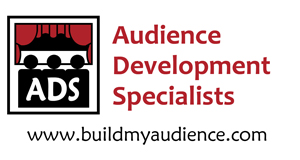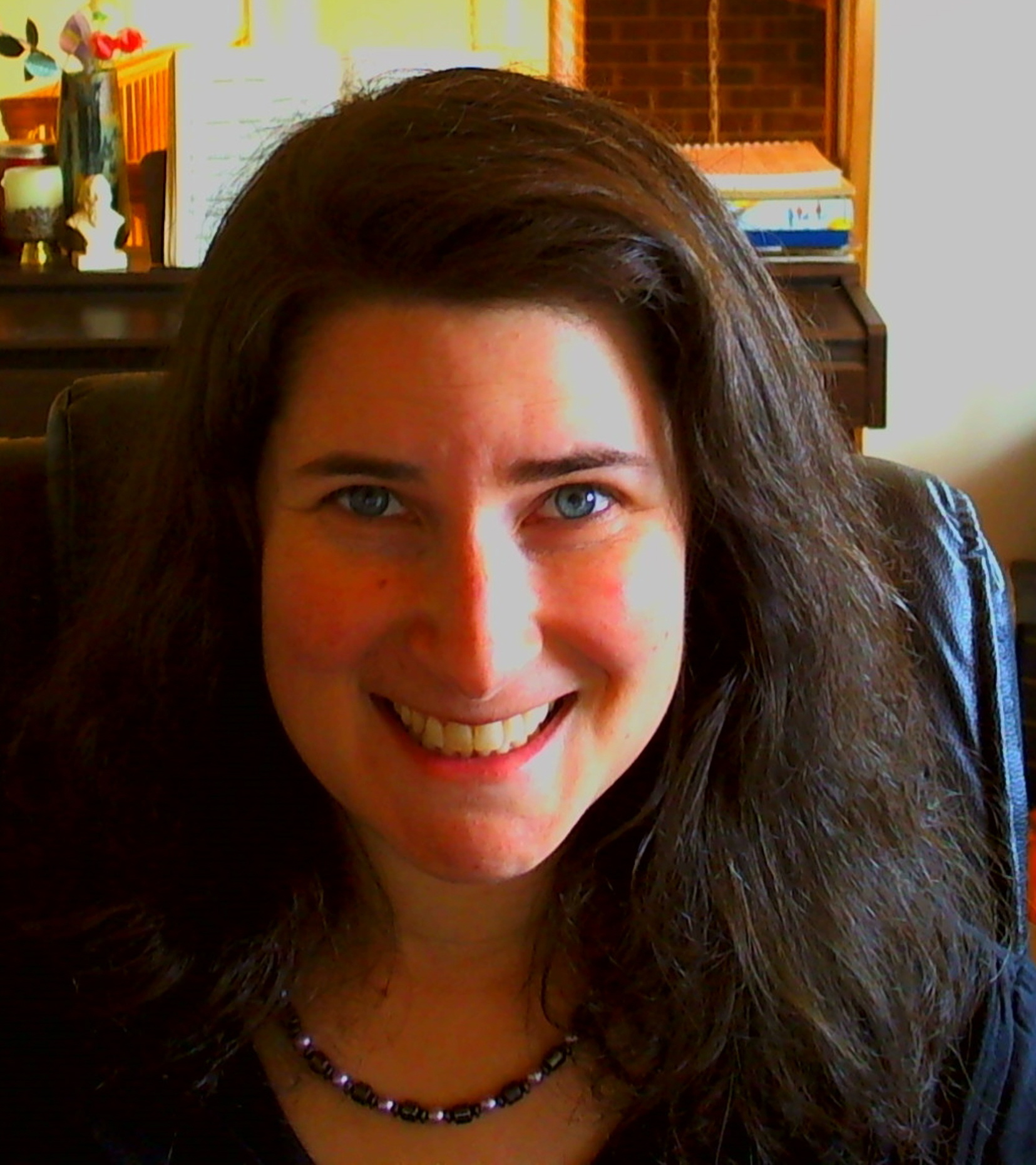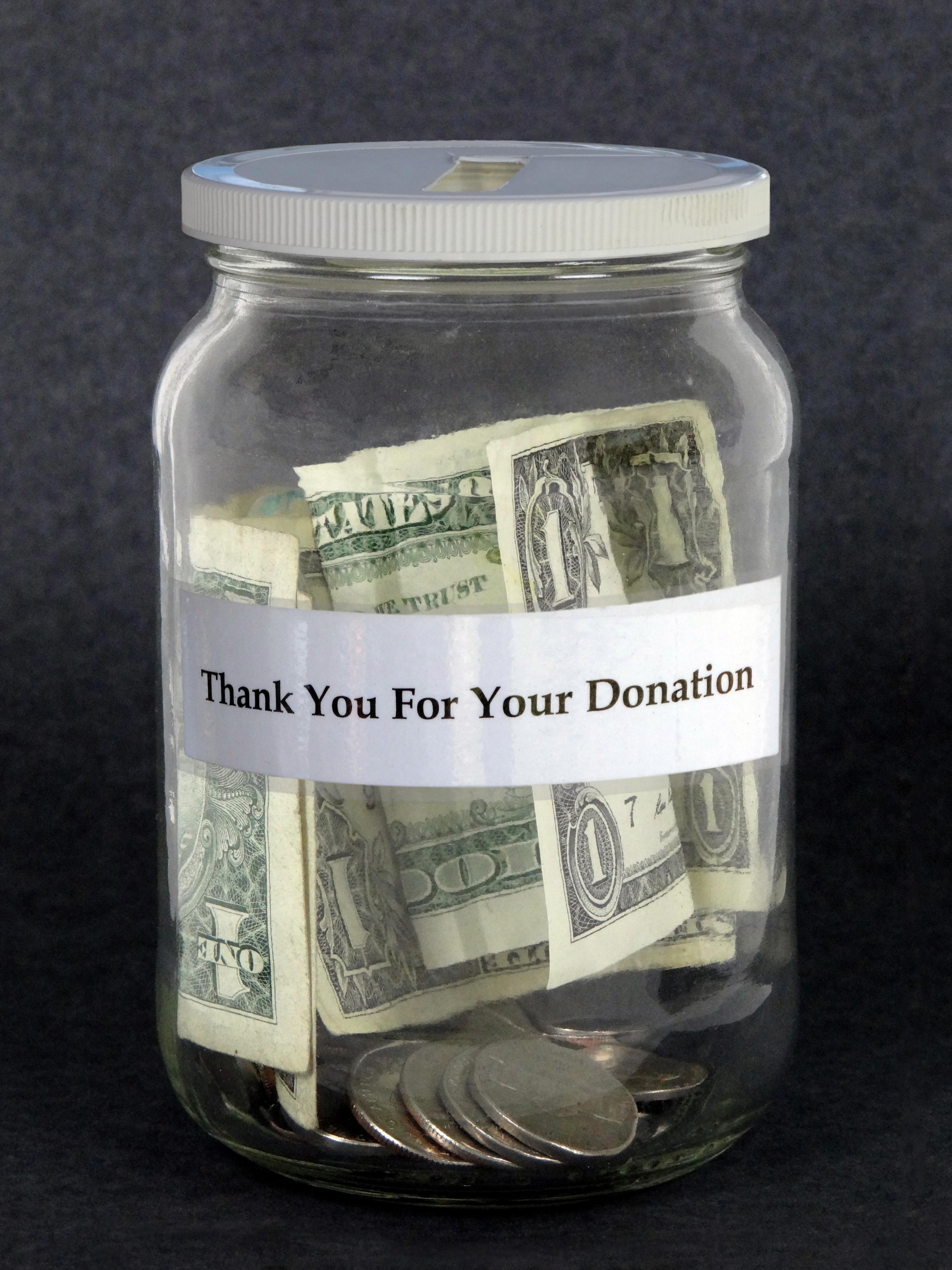I had a great discussion yesterday with a local grant writer. We were discussing the nature of the arts in today’s world. We both came to the same conclusion that a majority of artists and arts organizations these days might actually be getting in their own way for success. “Why is that? I don’t get it,” we both exclaimed.
We figured that one of the reasons was fear. Some artists and arts organizations are afraid to try something new in order to succeed. Maybe there is a learning curve involved that they simply do not want to get past or are afraid to attempt. Perhaps they are afraid that straying from the status quo would make them appear strange and ignorant in comparison. Perhaps they are simply afraid of success. I have touched upon this topic before stating that the 5th C of audience development is “Courage.”
We also thought about ego. Sometimes ego can get too big that it masks new and exciting possibilities. Needing to have it your way can push away brilliant ideas, new people to work with, and new projects.
There is also the reasoning that people are so used to the status quo way of doing things, that they do not want to change. “I’ve always done it this way,” they explain. It’s what they know. Why change? If what you are used to doing isn’t working anymore, maybe it is time for a change. You can’t expect different results by doing the same thing. Albert Einstein, one of the most brilliant minds of all times pointed this out. I see organizations claim they don’t have the money to try something new, but they put their money into the same old, same old. This to me means they do have the money, but they haven’t figured out that they can use their money differently to get different results.
As I mentioned to my grant writer friend, I am attempting to patiently wait until all the fear, ego, and status quo excuses have run their course. I am hopeful for the day when artists and arts organizations will be ready and open for success and ready and open to audience development!
—
Cheers to happy and loyal audiences,
Shoshana
Shoshana Fanizza
Audience Development Specialists
https://www.buildmyaudience.com
Facebook/twitter /E-mazing Newsletter /Blog
“Never treat your audience as customers, always as partners.”
~James Stewart





I totally agree! Fear and uncertainity are two of the biggest hurdles arts organisations and artists face today.
Having recently attended the AMA Conference in Leicester, it was so inspiring to hear both Dave Moutrey and Sarah Shelley of the Cornerhouse in Manchester explain their new and holistic approach to managing their multipurpose arts organisation. What really stood out for me, was their approach toward working with their audience to help determine and influence their programming. I was inspired to say the least. It was incredibly freshing to see a successful and respect organisation take a new step into the unknow. They admitted freely that this will have its pitfalls, its hurdles, and potential failures. But I can’t help but think ‘Nothing ventured, nothing gained’. And in this case I think an awful lot can be gained from moving away from our silos and towards an integrated holistic approach to management and operations.
As technology advances and virtual communities are becoming part of our wider society, these elements are influencing the expectations audiences, visitors and customers have of their experiences with arts organisations, and to a degree artists.
It is no longer ‘us’ and ‘them’, the arts organisation deciding, presenting, and delivering arts and culture on a platter for the ‘general public’. In reality we need to build, sustain and nuture an integrated and honest relationship, where arts organisations and their audiences talk and, most importantly, listen to one another.
Sian Jamieson (www.sianjamieson.wordpress.com)
Hi Sian,
Thank you for your comment! I really like the term “holistic” in describing a healthier way to run an arts organization. I’m glad more people are realizing that art may become silent without the audience. If an artist performed in a middle of a forest and no one saw the performance, would it still be considered art? Maybe to the artist, but maybe not to the forest. We need a live, participating audience for art to become art in its full sense.
Shoshana